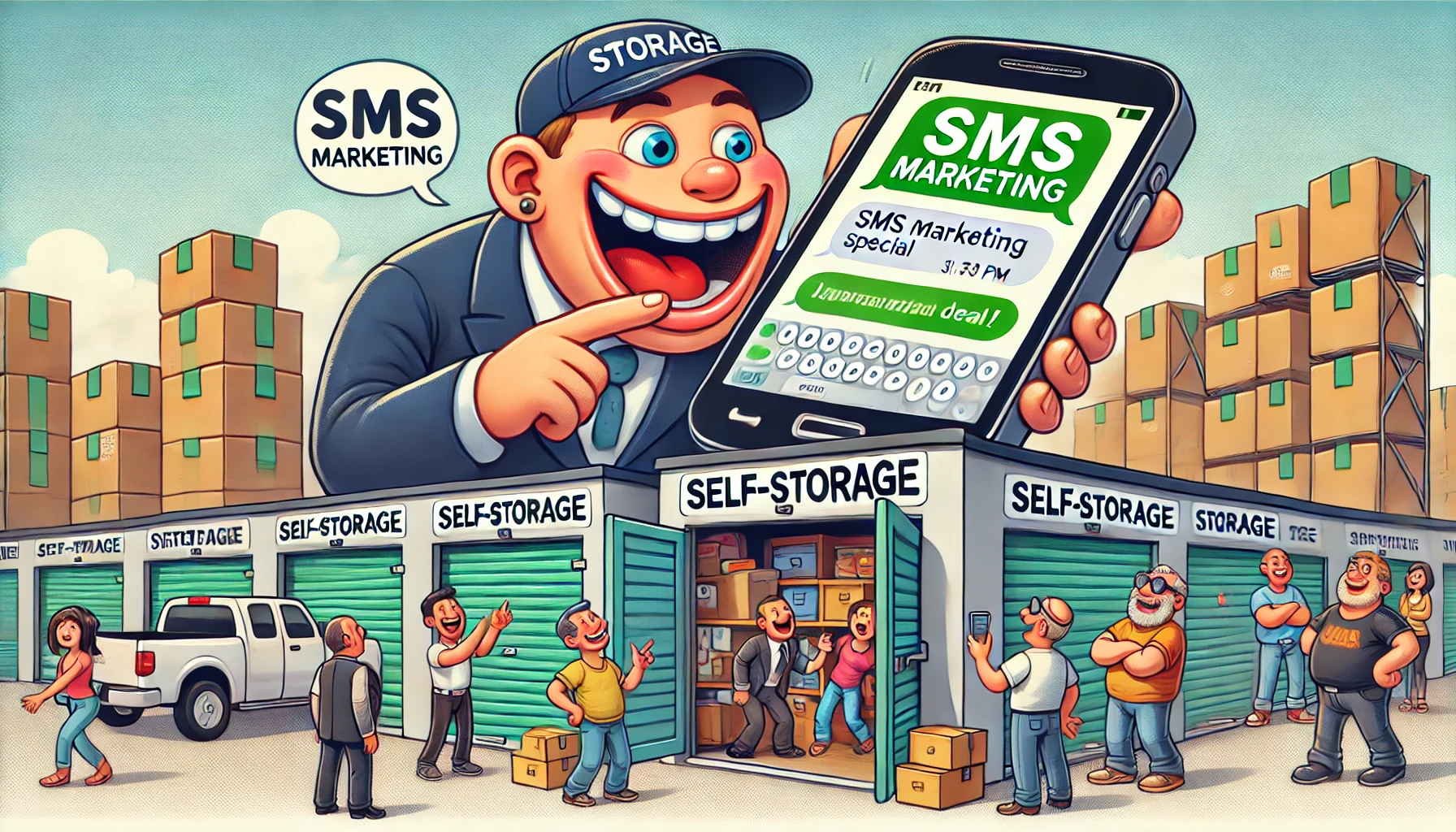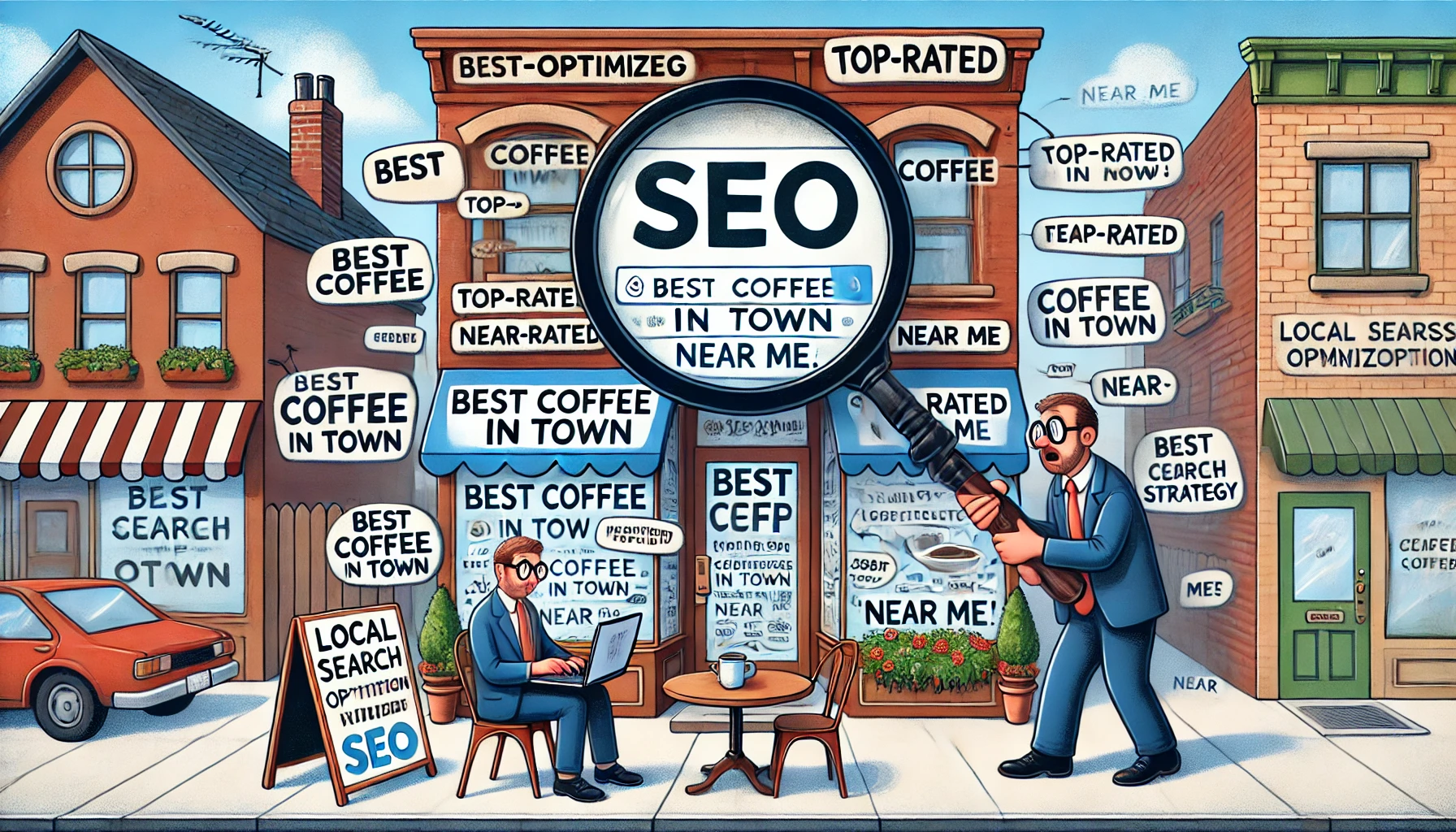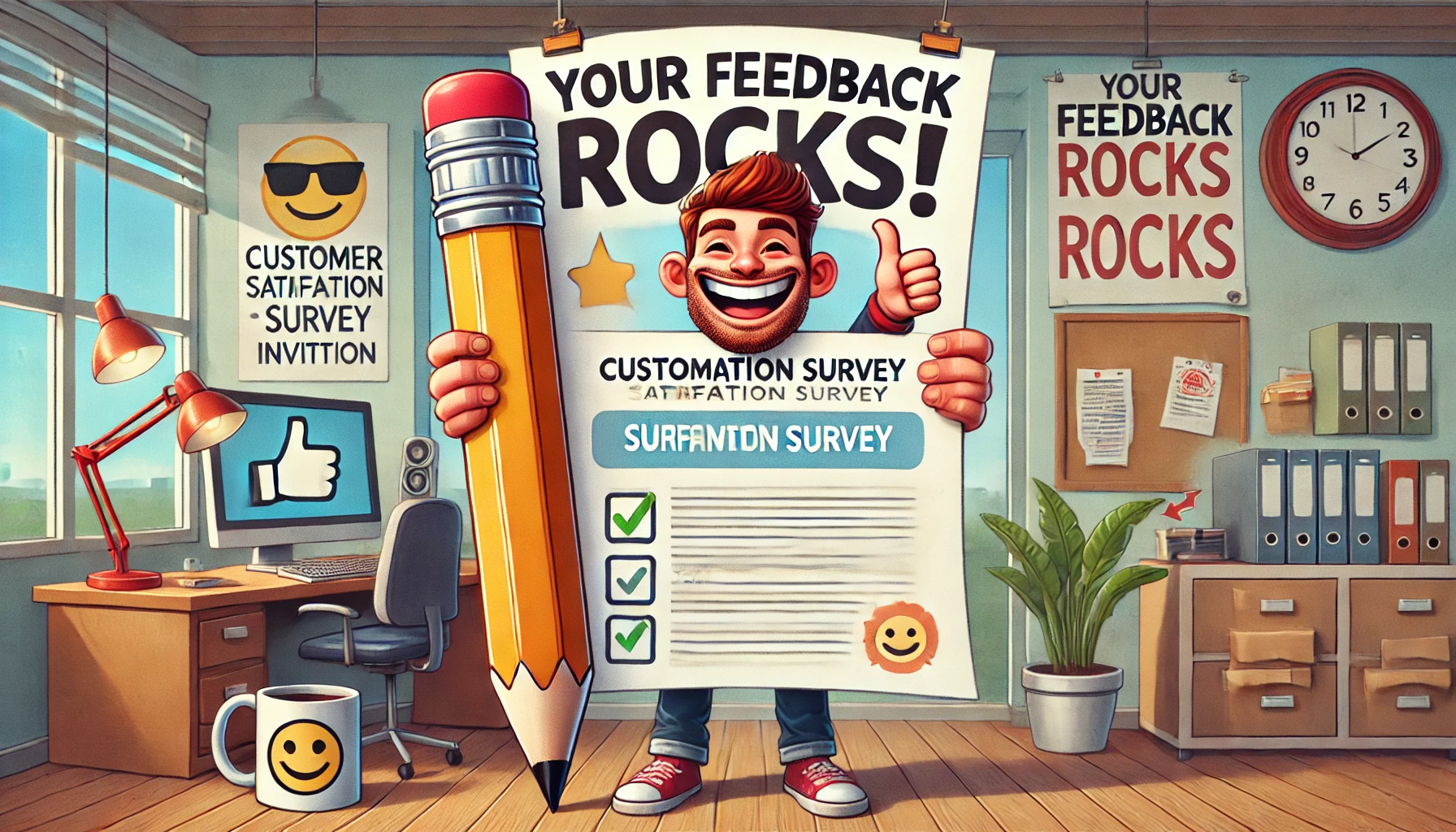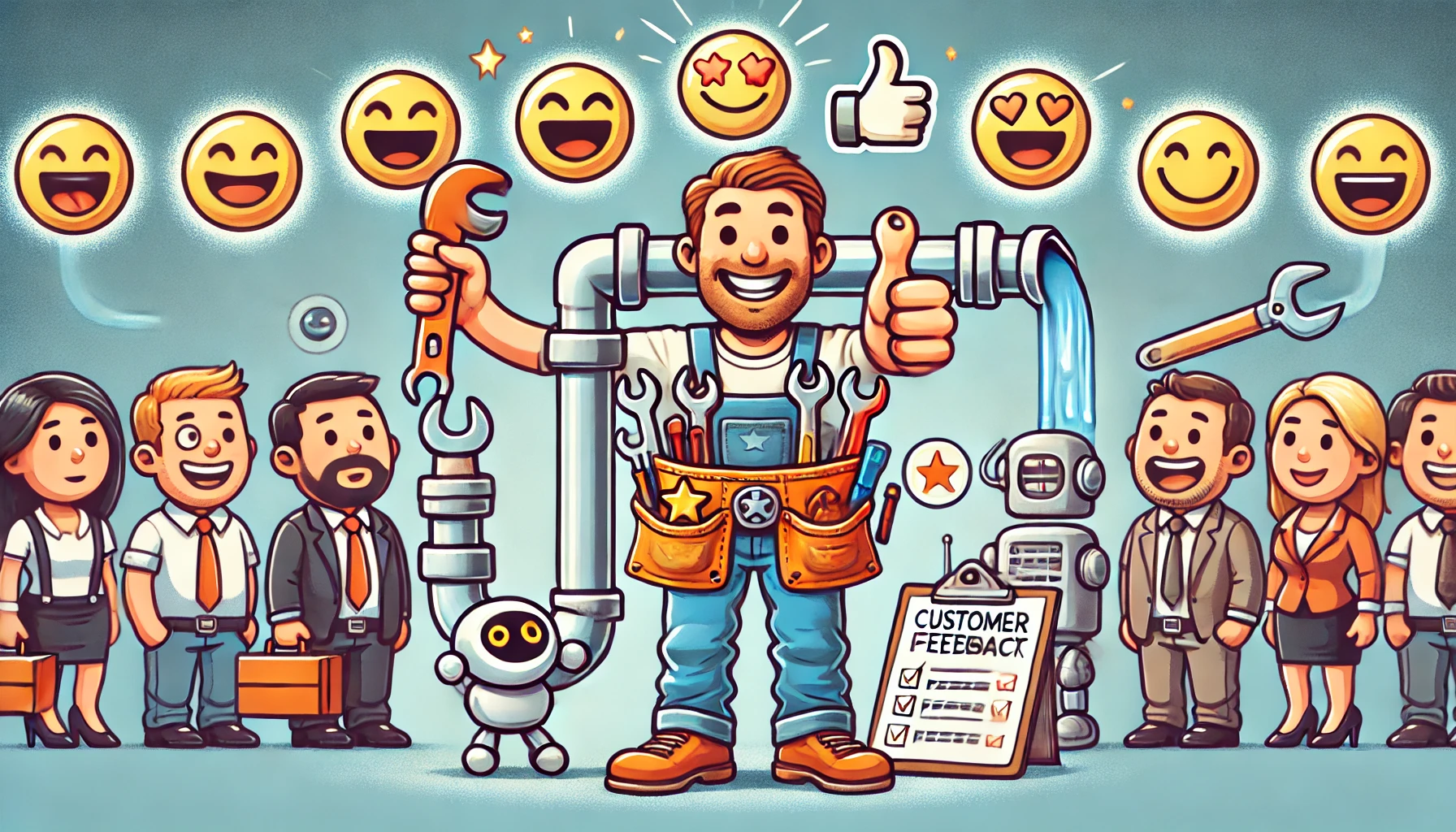The importance of website layout: Enhance user experience

Creating a website for your home service business is akin to constructing a building—it’s crucial to lay a solid foundation right from the start. A well-planned website that resonates with your target audience begins with understanding whom you’re designing for and establishing clear objectives.
The next step involves designing an intuitive layout for your website, which is essential for both usability and performance.
Importance of layout in enhancing web usability and performance
The layout of a website plays a pivotal role in defining its usability and overall user experience. A well-thought-out layout facilitates a clear understanding of what the website offers and guides users smoothly towards desired actions, such as making a purchase or signing up for services.
Effective layout management achieves several key objectives:
Quick identification: It helps users quickly identify the relevance of a page to their search query, reducing the likelihood of bouncing. According to a study by Google, 53% of mobile users leave a site that takes longer than three seconds to load.
Business clarity: By directing attention to focal points, the layout succinctly communicates the nature of the business and the services offered.
User navigation: Through the strategic positioning of elements, it aids users in intuitively navigating the website, enhancing the overall flow and encouraging engagement.
Visual harmony: Ensuring that each element has sufficient white space and that the content is well-proportioned on different devices enhances readability and aesthetic appeal. HubSpot reports that 38% of people will stop engaging with a website if the content or layout is unattractive.
Failure to invest in good layout design can lead to increased bounce rates and fewer conversions due to poor guidance and user frustration.
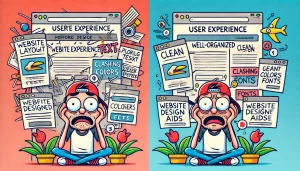
Key features for effective website navigation
The initial stage of website planning involves detailing the content and structure of your homepage. Consider the elements that will facilitate navigation and effectively convey your message.
Essential homepage features might include:
Header: Incorporate your logo and navigation links here to guide visitors through your site effortlessly. This section is also ideal for displaying your contact information prominently.
Service blocks: These are pivotal for showcasing your services and addressing potential client needs directly. Research by Stanford University found that 75% of users judge a company’s credibility based on its website design.
Social proof: Customer reviews and testimonials can significantly boost trust and credibility, providing prospective clients with genuine feedback about your services.
Call to actions (CTAs): For lead generation, strategically placed CTAs are vital to draw attention and encourage contact. CTAs that are visually distinctive and clear can improve conversion rates by up to 202%, according to WordStream.
About us: This section personalizes your site, offering insights into your team and building further trust before personal interactions.
Footer: This acts as the closing bracket of your website, containing essential links and contact details for easy access without needing to scroll back to the top.
Understanding responsive web design
Responsive design ensures your website adjusts to fit the screen it’s viewed on, whether it’s a mobile device, tablet, or desktop. It’s important to consider this adaptability during the design process to maintain functionality across all devices.
Designing with responsiveness in mind might involve using a flexible grid layout to ensure content reflows effectively on smaller screens. As of 2021, mobile devices accounted for approximately 54.8% of global website traffic, highlighting the importance of responsive design.
Tools and techniques for responsive design
Depending on your platform, you might use a drag-and-drop system or a grid layout to create a responsive design. Tools that can aid this process include:
Squarespace
Webflow
Weebly
For existing sites, consider:
Bootstrap
Wirefy
InVision

Sketching and feedback: essential steps in design
Start by sketching your website layout ideas on paper—this helps visualize the basic structure without getting caught up in details. Once you’ve refined your sketches and gathered feedback, you can move on to digital design using tools like Adobe XD, Sketch, and Adobe Photoshop.
These tools allow you to develop your initial ideas into more detailed designs before implementing them in your website builder.
The importance of continuous feedback
Presenting your design ideas regularly to colleagues who understand your target audience can provide invaluable insights, helping to refine your website to better meet user needs. Feedback loops are essential; for instance, according to Usability.gov, user testing can improve the conversion rate by 34%.
Why content is the backbone of web success
Website content is critical, not just for user engagement, but also for profitability. Effective content serves multiple crucial functions:
User functionality
It must allow users to achieve their goals, whether finding information, making purchases, or booking services. Inadequate content usability can lead to high bounce rates as users leave in search of more navigable sites.
Brand connection
Content helps forge a connection with users, telling the brand’s story through logos, slogans, and color schemes, which aids in recognition and loyalty.
SEO optimization
Through strategic use of keywords and valuable information, content can significantly improve a website’s visibility on search engines, drawing more visitors. Moreover, content mapping and the logical organization of website information facilitate easier navigation for both users and search engine bots, further enhancing site effectiveness.
According to BrightEdge, 68% of online experiences begin with a search engine.
Visual elements defining website aesthetics
The role of color and imagery
Color schemes and imagery establish the visual identity of a website. The right combination of colors and visuals can create an inviting and memorable experience for users. This includes:
Color palette: Selecting a unique yet appropriate color palette can set a website apart from competitors. Whether for a new design or a redesign, colors should be used to enhance the brand’s identity and visual appeal.
Imagery: Choices in patterns, graphics, icons, and photography determine the website’s aesthetic and can significantly affect user perceptions and actions. A study by Adobe found that users form an opinion about a website in approximately 50 milliseconds, emphasizing the importance of visual appeal.
Typography and its subtle impacts
The choice of fonts and their application across a website influences readability and user experience. Decisions regarding font weight, size, and spacing are critical for creating an accessible and visually appealing interface.
According to MIT, good typography can increase reading speed by 15%.
Enhancing user experience through effective layout
An intelligible layout is essential for a website as it enhances user experience by making information accessible and easy to navigate. The layout affects everything from the predictability of content flow to the ease of finding information. Specific layout considerations include:
Content readability: Proper layout makes content more digestible by breaking up text and integrating visual elements appropriately.
Flow and engagement: A good layout ensures that the website content is not just a random assortment of information but a coherent flow that engages users effectively.
Design and aesthetics: Beyond functionality, the layout significantly contributes to the visual appeal and professionalism of a website. Research by Toptal shows that 88% of users are less likely to return to a site after a bad experience.

Expert opinions on the importance of website layout
Emma Clarkson, User Experience Designer: “A thoughtfully designed website layout goes beyond aesthetics; it’s about creating a user-centric environment where functionality and form meet seamlessly. Effective layouts guide visitors intuitively through content, significantly boosting user engagement and satisfaction.”
Natalie Smith, Front-end Developer: “Developers must implement responsive and flexible layouts to accommodate various devices. A mobile-first approach ensures that site elements scale correctly on smaller screens, providing a consistent user experience across all platforms.”
Ava Lee, Content Strategist: “Content and layout must work hand in hand. The right layout can enhance the visibility and impact of key messages. For example, using a Z-pattern layout can strategically guide the viewer’s eyes through important content, from logos and headlines to calls to action.”

 7 min
7 min 


